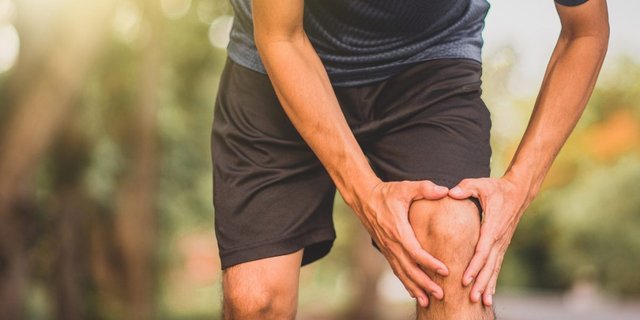10 Effective Tips for Relieving Knee Pain

Knee pain is a common problem that can impact individuals of all ages. Regardless of its origin, knee pain significantly diminishes the quality of life, impeding routine activities like walking, climbing stairs, and running. While knee surgery may be an option, exploring non-invasive treatments initially is advisable.
Thankfully, several conservative measures can effectively alleviate knee pain. Let's delve into ten practical tips for managing knee pain.
1. Physical therapy
Engaging in physical activity is vital for overall health and joint well-being. Physical therapy, in particular, can be highly beneficial for treating knee pain. A specialized session guides you in proper exercises, minimizing the risk of exacerbating the underlying issue. Physical therapists assist in strengthening muscles, and reducing pressure on damaged joints or cartilage.
2. Weight management
Excessive weight significantly contributes to joint problems, particularly those bearing weight, like the knees. The additional weight places undue pressure on knee joints, hastening wear and tear and contributing to conditions like osteoarthritis. Effectively managing weight becomes crucial in both treating and preventing knee pain.
3. Medications
Medications are pivotal in controlling inflammation and alleviating pain associated with knee issues. Commonly used medications include oral NSAIDs, topical capsaicin, steroid injections, tramadol, and certain antidepressants like acetaminophen and duloxetine. These medications, available over-the-counter or through prescription, provide relief from knee pain.
4. Massage
Self-massage and professional massage can relieve knee pain by easing tension in tight muscles. Self-massage involves applying oils or lotion to gently massage the area around the knee, promoting improved blood flow and regeneration. However, caution is advised, and massage may not be suitable for individuals with osteoarthritis.
5. Healthy diet
Knee pain often correlates with inflammatory processes in the knee joint. Adopting a balanced and healthy diet is crucial for inflammation control. Eliminating processed foods, sugars, trans fats, and greasy foods is recommended. Instead, focus on fresh vegetables, fruits, whole grains, and healthy fats, reinforcing the immune system and aiding in inflammation combat.
6. Essential oils
Aromatherapy, a traditional approach to pain management, can be effective for knee pain. While essential oils may not address the root cause, inhaling them can relax the nervous system and reduce pain sensitivity. Lavender, eucalyptus, ginger, turmeric, and basil essential oils are known for their pain-relieving properties. Regular aromatherapy and topical application of certain oils like peppermint, ginger, and turmeric can provide significant relief over time.
7. Regular exercise routine
Beyond physical therapy sessions, regular exercise is vital for ongoing knee health. Incorporating low-impact exercises, such as swimming or cycling, can further strengthen the muscles around the knee joint, providing additional support and reducing the risk of pain recurrence.
8. Appropriate footwear
Often overlooked, the choice of footwear can significantly impact knee health. Wearing shoes with proper arch support and cushioning helps distribute the body's weight evenly, reducing knee stress. This simple adjustment can make a substantial difference in minimizing discomfort, especially during daily activities.
9. Heat and cold therapy
Applying heat or cold to the affected knee can be an effective way to manage pain and inflammation. Heat therapy, such as warm compresses or heating pads, promotes blood flow and relaxes muscles. On the other hand, cold therapy, using ice packs, helps reduce swelling and numbs the area. Alternating between these therapies can provide relief and aid in the healing process.
10. Maintain proper posture
Ensuring good posture is crucial for preventing and alleviating knee pain. Poor posture can contribute to misalignment and increased pressure on the knee joints. Whether sitting, standing, or walking, maintaining an upright posture distributes weight evenly and reduces unnecessary knee strain. Incorporate posture-improving exercises into your routine to enhance overall joint health.